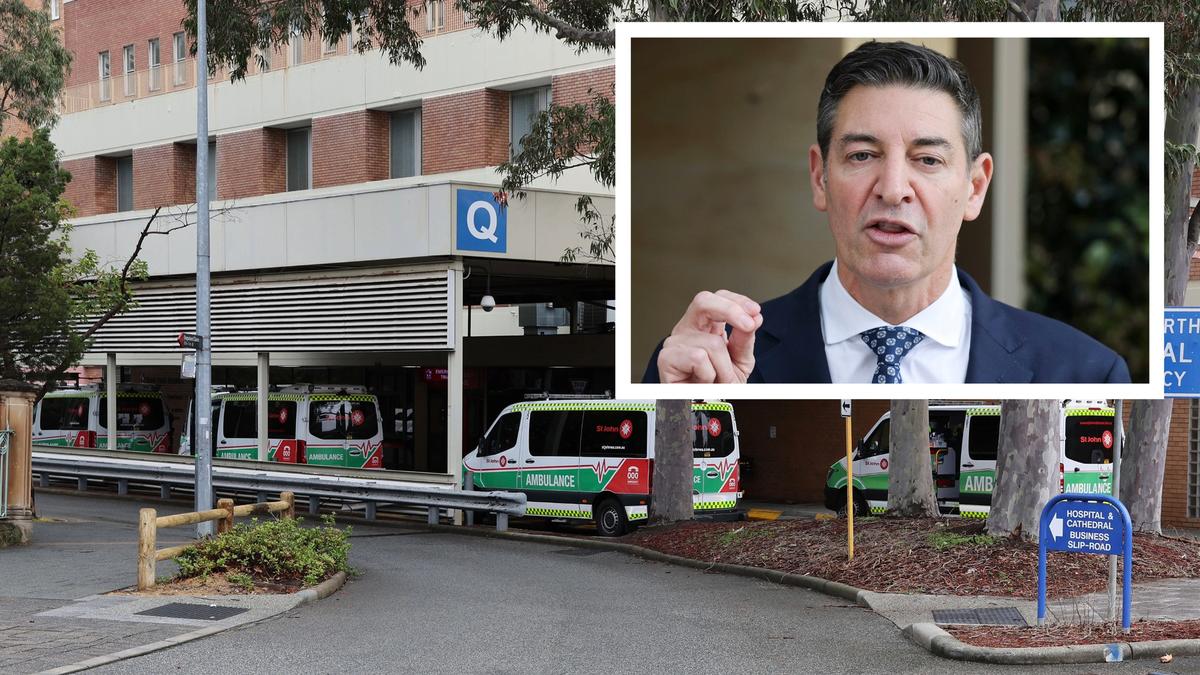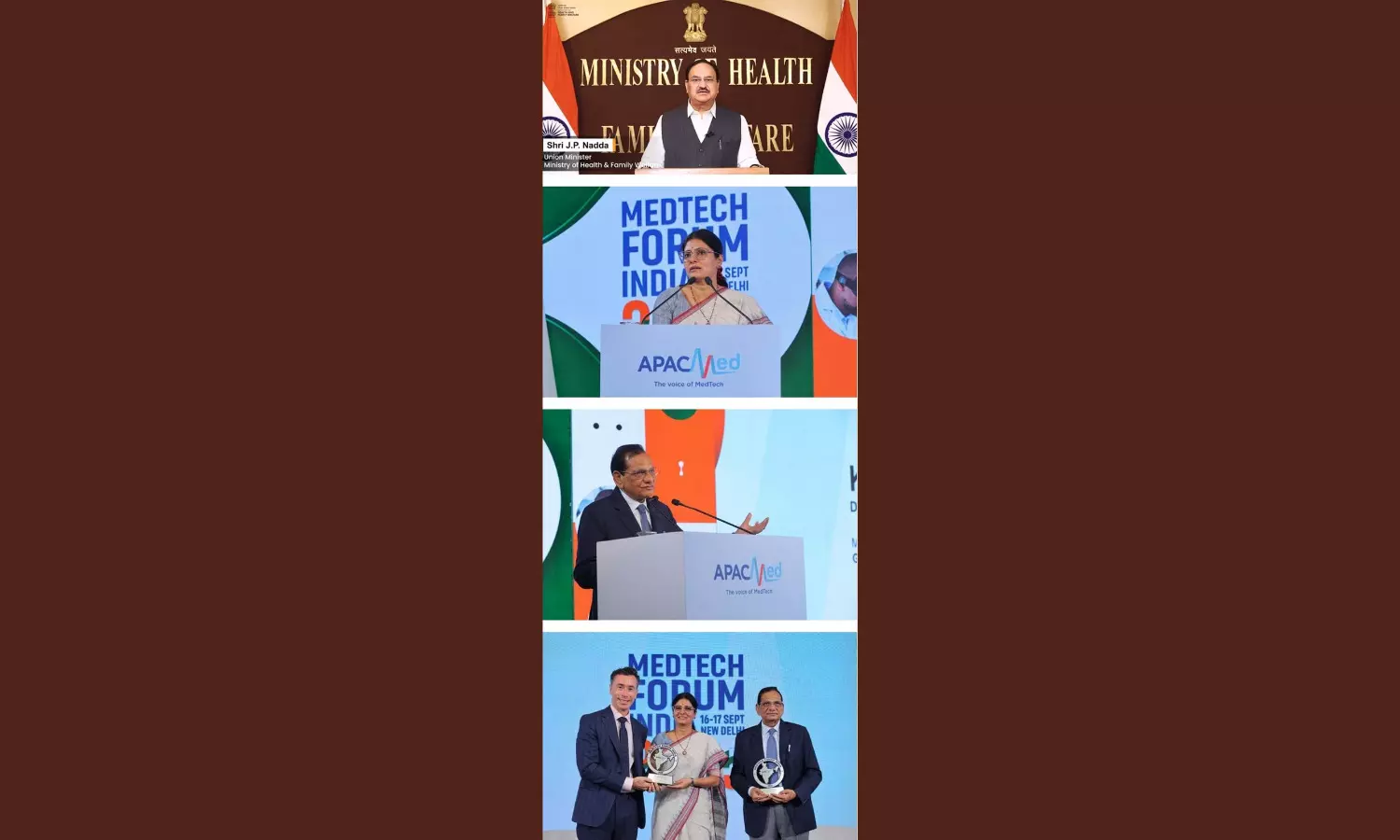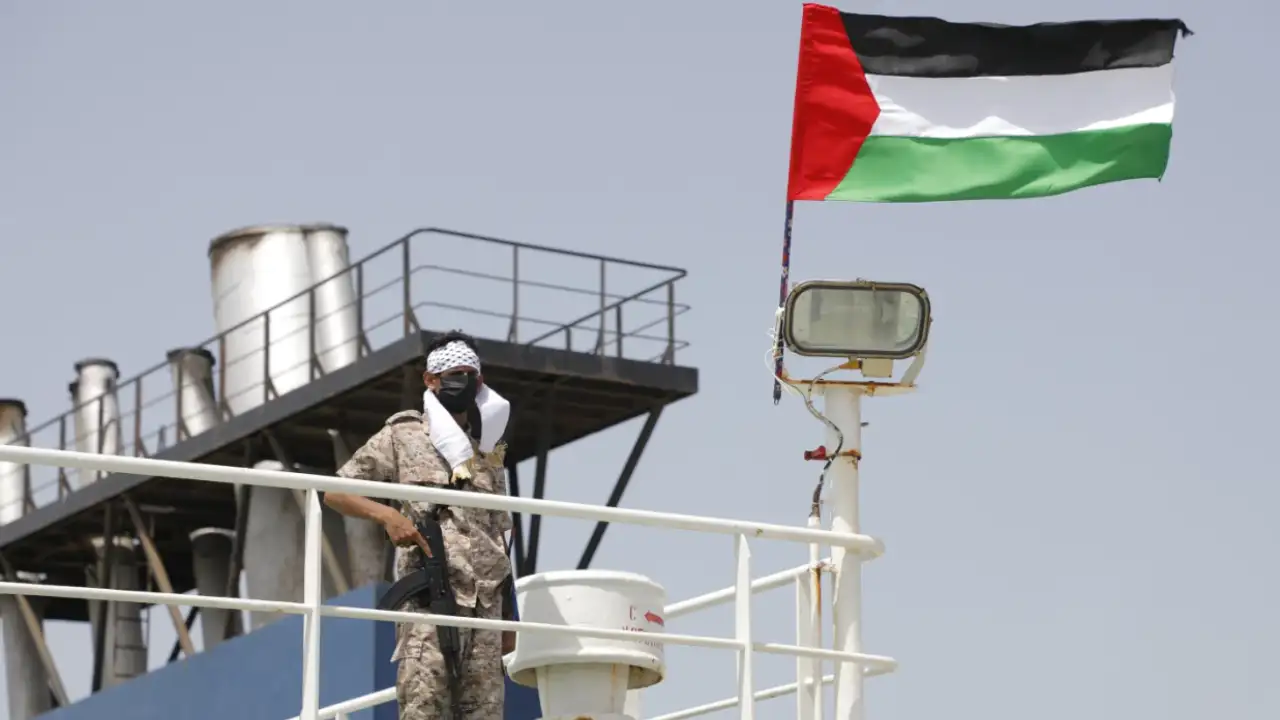WA Government slammed for lack of transparency over legionella detected at Royal Perth Hospital
By Adrian Rauso and Caitlin Vinci,Charlton Hart,Oliver Lane,The West Australian
Copyright thewest

The Cook Government has been slammed over a “lack of transparency and accountability” following revelations legionella bacteria had been detected at Royal Perth Hospital hundreds of times in recent years.
As revealed by The West Australian, the East Metropolitan Health Service has found the bacteria, which causes the serious pneumonia-like respiratory infection, at unsafe levels more than 230 times since January 2022.
There are almost six high readings, on average, every month, according to internal water quality testing results obtained by The West.
The highest result of 5200 colony-forming units (CFU/ml) — which is 520 times the acceptable level — was found in July 2023 in a shower along a patient ward.
Following the revelations, Opposition Leader Basil Zempilas said he was concerned by the results.
“Of course it’s of concern and you know of greater concern is that again we’re seeing the same lack of transparency and accountability from this State Government,” he said.
“Why is it that we need to keep reading about these sorts of things and why is it that the Government won’t come clean and let the people of Western Australia know when these sorts of incidents occur.
“Their duty of care is very clearly to the patients, to the families of the patients, and to the staff at Royal Perth Hospital and at all of our teaching hospitals.”
Why don’t the people have a right to know?
Despite the results, authorities have urged for calm, arguing the results do not show a risk to patients.
PathWest microbiologist and infectious diseases physician David Speers said legionella was common in water systems in large buildings and not necessarily dangerous in all forms.
“The best evidence is that despite these detections that legionella is in the water system which is used for the purpose of having water safety plans and controlling the health of the water, there hasn’t been a clinical case of Legionella from that hospital in the same time period that these detections were found,” he said.
“I think that tells you that people shouldn’t be worried that there’s an increased risk of legionella based on the findings in these water systems, which as I say is expected in large, complex plumbing systems like big hospitals.”
Despite the reassurances Mr Zempilas was not convinced.
“These safety benchmarks are in place for a reason, I haven’t put them there, experts have put them there as levels to be able to trigger alarms, to be able to reverberate around the management of those facilities,” he said.
“I didn’t put them there, they are there for a reason and if they are going to exceed those levels, why don’t we have a right, why don’t the people have a right to know?”
Health Infrastructure Minister John Carey backed the response of the Government and the reporting measures.
“I will continue to take the advice of the Department of Health and have been assured that a rigorous testing regime is in place at Royal Perth Hospital to rapidly detect and remediate any exceedances,” he said.
“I expect any exceedances to be reported in line with relevant guidelines.”
The legionella results come off the back of Health Minister Meredith Hammat disclosing new “exceedances” of lead in Perth Children’s Hospital drinking water last week, with one sample nearly four times higher than the national safety benchmark.
Ms Hammat’s disclosure followed pressure triggered by The West Australian’s revelations that the drinking water at PCH was found to be contaminated with lead last year — more than six years on from similar lead issues that plagued the hospital’s opening.
The findings from last year were kept secret by the State Government.
Multiple sources have told The West that doctors, nurses and other front-line workers at PCH are vexed after having not received any communication about the historical or recent lead exceedances from higher-ups.
Australian Medical Association WA president Kyle Hoath said on Wednesday there was “no safe level of lead”.
“Management must commit to full and proactive disclosure of any future exceedances to ensure all staff are promptly notified when such issues arise,” Dr Hoath said.
“This is their workplace, and they deserve to be made aware of any environmental risks that could affect their health and the wellbeing of their patients.”
The government was also grilled over the progress of another major health promise on Wednesday.
The Opposition produced a document it claims shows the New Women and Babies hospital project was at risk of going more than $150 million over budget.
It also showed the hospital may not be complete until October 2030, nearly a year later than the scheduled 2029.
Despite the claims Mr Carey said the figures predated the signing of a contract with Webuild and the project remained on target in both cost and timeline.



